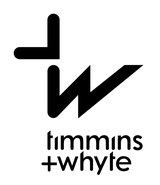Schored Projects

We exist to enhance the urban environment and ultimately, people’s lives, through the practice and experience of the architectural process and its outcomes. We are a practice that takes as much pleasure in the process of creating architectural and landscape solutions as we do in the built outcome. We build our relationships with our clients through listening, collaboration and shared enjoyment of the design process. Our work is not driven by a defined aesthetic, we prefer to tailor solutions to the site context and our clients’ needs. We are motivated by the challenge of avoiding waste during design, construction and throughout the lifetime of the completed project.
Driving directions to Schored Projects on map
Schored Projects on Google Maps
Projects:
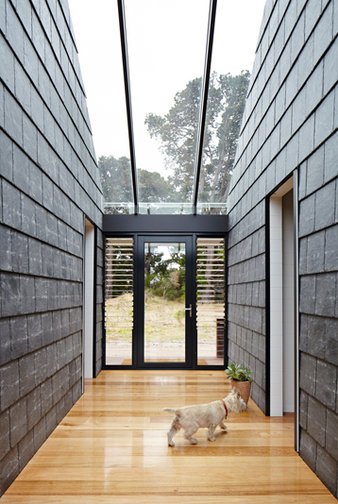
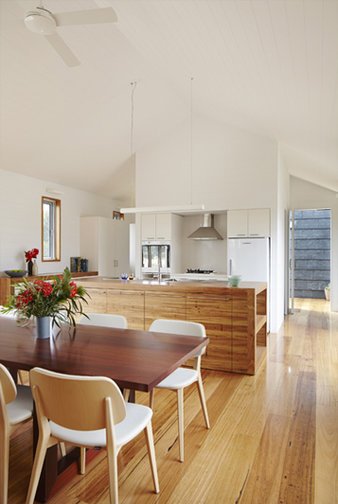

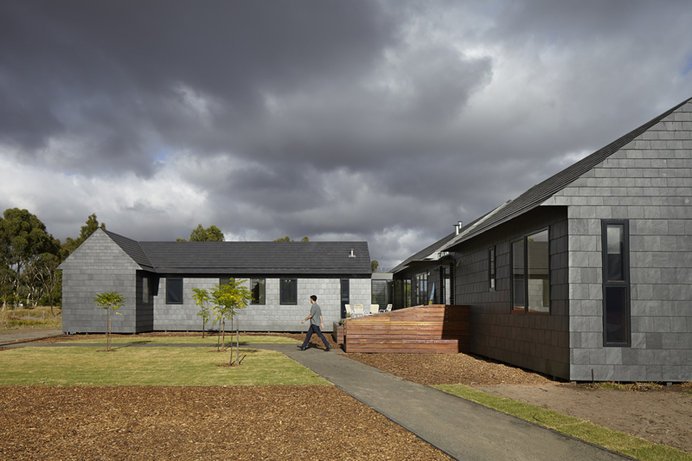
Wallington Residence
Bellarine Peninsula, 2013
The clients desired a country home on a manageable site in which they can retire and enjoy their hobbies of tree collection and gardening. It is a home which requires planning for the future and can therefore adapt to allow them to live out their daily lives within a self-generating environment. The final briefing requirement was for a house which had strong environmental principles and terms of passive design and ongoing costs with minimal future maintenance. The landscaping, gardens and external living spaces are a high priority. The interaction with these begins with the long driveway approach and arrival at the carport. The journey from the car to front door is punctuated by moments of directed views and seating to pause under shelter where one can rest, watch, drop shopping and appreciate the surrounds. The landscape is driven into the interior of the house through the winter gardens and large windows used to frame views and create internal artworks. Landscaping has also been employed as the shading device for the entry winter garden (virginia creeper) and the east and west facing windows (deciduous ornamental pears). Water collection from all roofs will be used to irrigate along with grey water recycling. The house plan was strongly derived from the future proofing requirements of the brief. The two wings, while operating as a family home currently for visiting relatives,
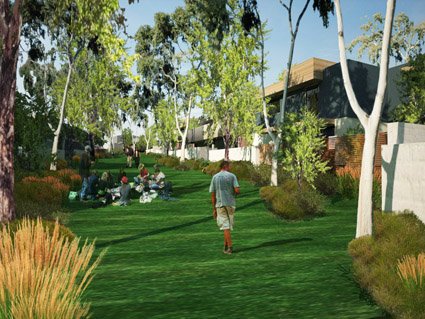
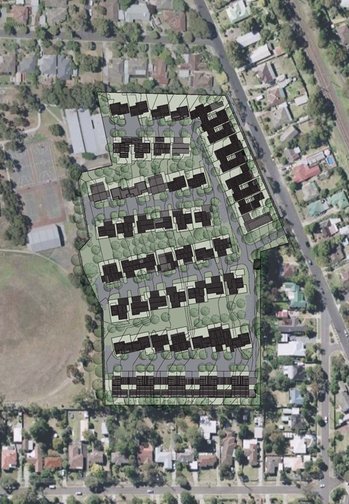
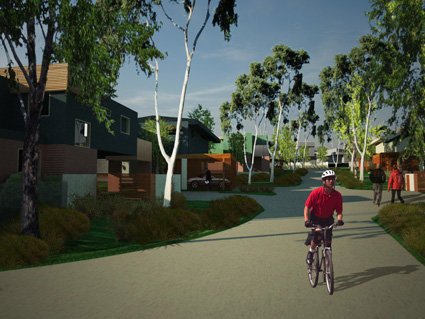

Heathmont Gardens
Heathmont , 2012
On a 3.6ha site, Heathmont Gardens, is a cluster subdivision and master plan of 66 house and lots. Predominantly detached housing, the medium density yield gross is 33 houses per/ha. The design objective was to increase occupant amenity through the inclusion of 3 semi-private communal open spaces for all to share. Heathmont Gardens strives to provide a village environment in which a community can develop to responsibly share a lifestyle characterised by a stimulating aesthetic of integrated landscaping, open space and built form. The proposal draws from earlier cluster project models making a relevant contribution through increased density and comprehensive environmental design elements. The language of the built form references the neighbourhood.
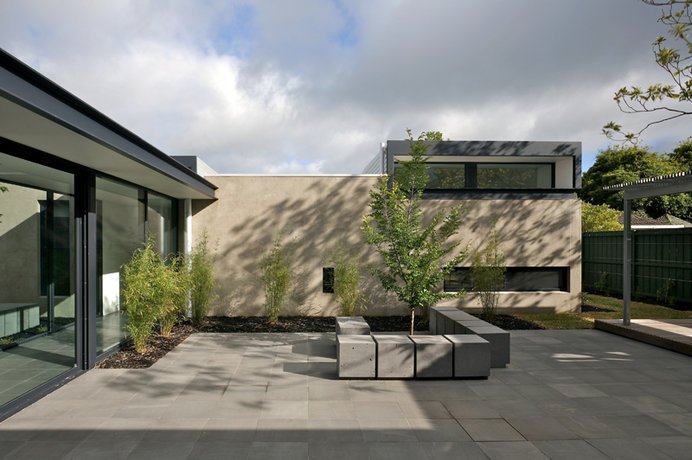
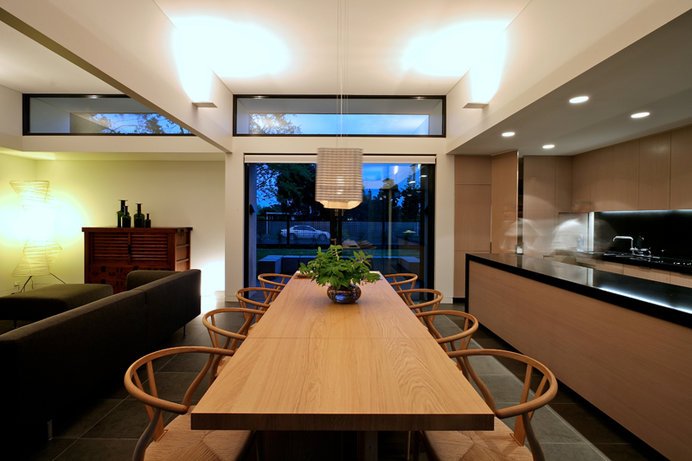
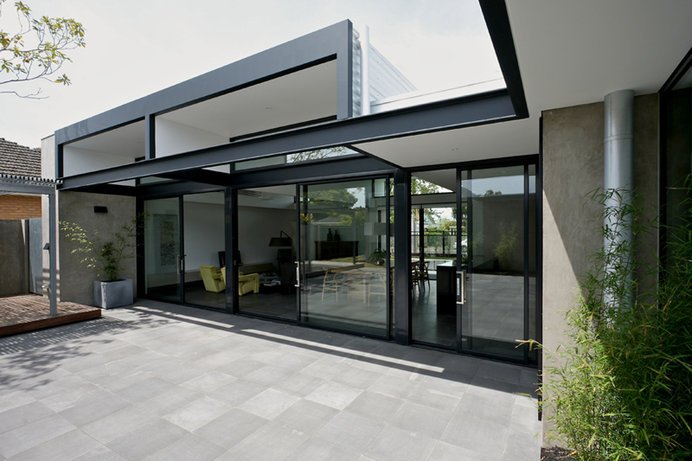
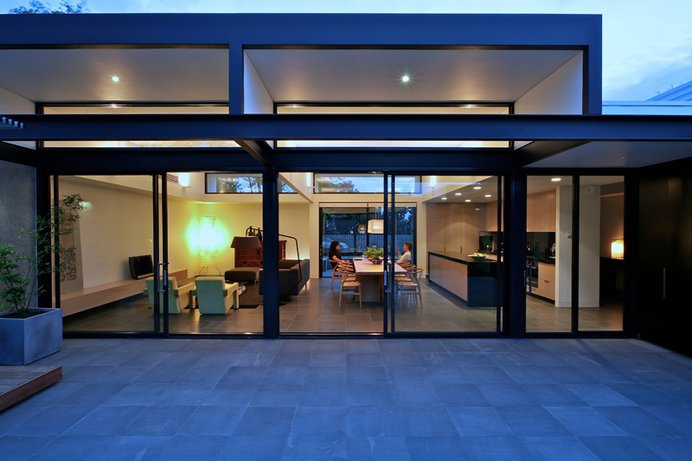
Slorach Residence
Hamilton, 2009
The tried and tested courtyard house model was employed as the typology to execute this project’s concept of integrated interior and external spaces. The encompassing living environment of the Hamilton Courtyard House is achieved through the union of built form, spacial sequences, landscape and scale. The house is planned as two zones. Firstly, the living zone experienced upon arrival is located to the south of the central courtyard. The second, a sleeping zone is to the north of the central courtyard, located for greater privacy. These zones are joined by a glazed gallery which describes the central courtyard and frames a second smaller courtyard to the west. Passive design principles had the greatest influence upon the resolution of the built form. Used in the living/dining room, master bedroom and along the corridor, pop-up roofs and clerestorey windows shift in geometry and scale according to hierarchy and location. These are employed as shading devices and for natural ventilation. Aesthetically, reduced palettes of details are used throughout the project to create cohesion. Repeated, though used in different applications, a sense of rhythm is achieved. Line is used throughout the project to highlight and frame elements.






